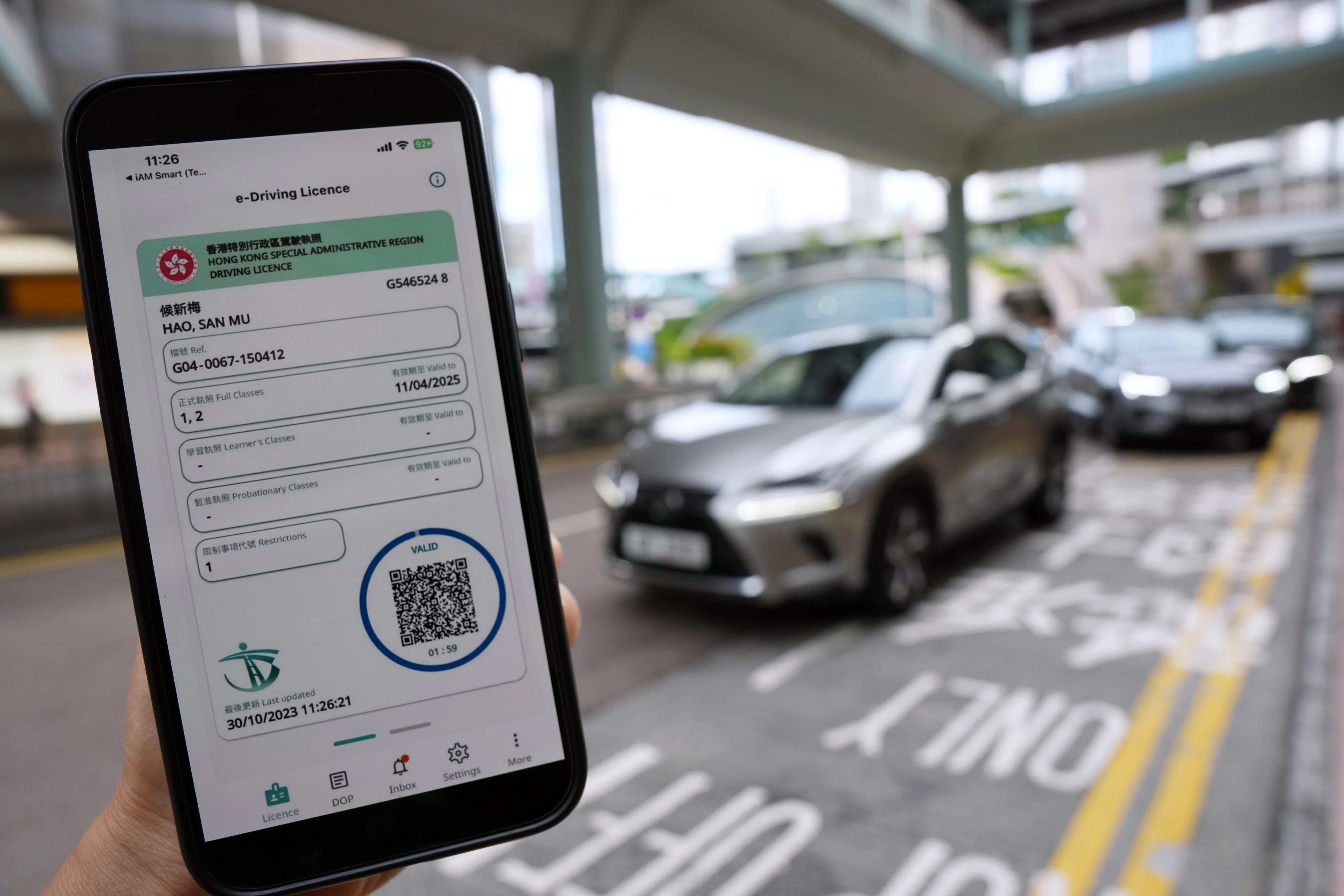By Edith Lin
Copyright scmp

About 2.5 million drivers in Hong Kong are no longer required to carry their physical driving licences if they have an electronic version, under a new policy that started on Monday.
The government has launched a mobile application that was previously expected to cost HK$12.5 million (US$1.59 million) to create, with the platform aiming to make it more flexible and convenient for drivers to present their licences.
The Post unpacks the beginnings of the service and how it works.
1. Why introduce e-driving licences?
The new licence format is the latest effort from the Transport Department to digitalise services, after launching online application options for most licences and driving tests over the past year.
The digital documents serve as an alternative to physical driving licences, allowing motorists to fulfil requirements that they must carry such permits for examination or inspection by law enforcement officers.
The department said it hoped the arrangement could “advance smart mobility” and offer greater convenience and flexibility to the city’s around 2.5 million drivers, who range from learners to instructors.
Authorities have said that, despite the launch of the e-licences, they will continue to issue physical copies to meet the needs of different people.
2. How can you get one?
Drivers must download the department’s Electronic Driving Licence app, which is free.
Hong Kong ID card holders can authenticate the app with their “iAM Smart” accounts and access the soft copies, while drivers without local identification documents can use the department’s e-Licensing Portal to log in to access digital licences.
Drivers can only display their e-driving licences using the app, which generates a QR code for police officers to scan.
The Post found more than 1,000 people were queuing to log in to the app about two hours after the scheme’s launch, with users spending around 10 minutes getting access to the electronic document.
3. What are the features?
The electronic document has the same information as a physical licence, including the driver’s name, licence number, permitted vehicle classes and its expiry date.
The digital version also indicates the status of the licence using a colour-coded system. Blue means the document is valid, yellow refers to a partially valid one, and red shows the licence has expired.
The app has multiple security features, including an identity authentication system and an encrypted time-limited QR code. It also disables the screen-capture function.
Each driving licence holder can only register one account, and each mobile phone can only be linked to one account at a time.
4. Any concerns about the policy?
The app’s launch follows the passage of amendments to the Road Traffic Ordinance in June.
But the policy prompted questions from lawmakers about why HK$12.5 million was needed to create the platform when the department already had other apps.
In response to calls from some legislators for a more cost-effective solution, Secretary for Transport and Logistics Mable Chan said the government would actively review the arrangement and improve the service.
Some legislators also raised concerns about how the measure might affect enforcement actions, especially when drivers had trouble displaying their documents on their phones. They called for an adjustment period following the policy’s launch.
Chan said the department and police would work together to ensure that frontline officers had clear guidelines.
She added that police officers would take the appropriate response based on each situation, while the Department of Justice would consider all the relevant factors before deciding whether to prosecute.



